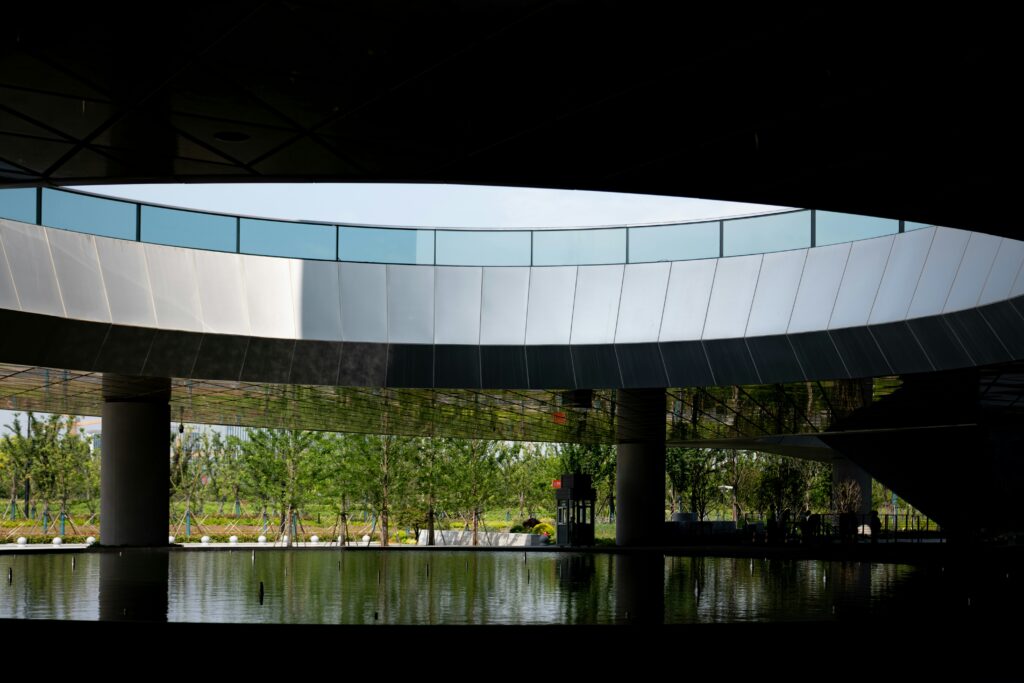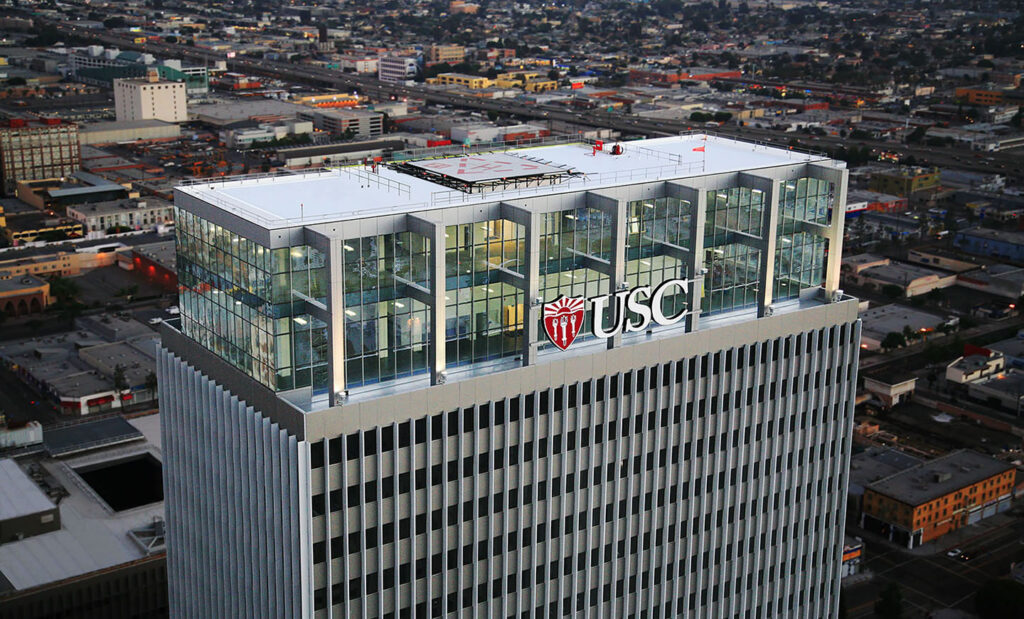The truth is everywhere: our daily routines are better because we have access to technology.
The smart technologies in our lives are so seamless and efficient that we often don’t think about them at all. Smart technologies are not limited to things like artificial intelligence and machine learning. Overall, they help create more customized experiences, ease our daily pain points, and provide unique learning opportunities for improvement in our personal lives.
Technology enhances all other spheres of our lives, so why not the workplace? After all, we spend about one-third of our lives at work. The office sector only serves to benefit from matching consumer habits and establishing smart, consumer-first office buildings.
The Smart Building Technology Boom
According to the latest research, the smart building market size is expected to grow from $67.60 billion in 2021 to a massive $265.37 billion in 2028, at a Compound Annual Growth Rate (CAGR) of 21.6% during the forecast period. So what exactly is driving this growth?
This boom can be attributed directly to the rising adoption of smart building solutions in commercial buildings, from IoT sensors to systems that optimize energy efficiency. This demand for smart building technology has only gained more momentum in the aftermath of the COVID-19 pandemic, where modern health and safety protocols require the implementation of more touchless, healthful experiences across every industry.
The commercial real estate (CRE) industry itself has a significant impact on smart technology growth. The CRE sector holds the largest share in the global smart building market, as industry leaders continue to seek out solutions to help reduce their energy consumption and ecological footprints.
Enhancing a property with building automation systems, for example, can help achieve more than sustainable outcomes. From reducing operational costs to enhancing tenant management and building performance management, smart building technology can produce results just about anywhere.
Smart Buildings Are Consumer-First
Building operators, facilities management, and property teams want to create places where people feel both comfortable and excited to work. In today’s CRE landscape, flexible policies and infrastructure are necessary to transform the office into innovative, consumer-first workplaces.
Hospitality experiences come in many shapes and forms — but as tenants look to balance physical office space with hybrid work models, flexible work environments are becoming a critical component to meeting their needs.
Since the office value equation has shifted away from the buildings themselves to the people who occupy them, technology adoption can mean many things. For starters, it brings unique conveniences that people have grown to expect in every environment. Technology can also offer tenants more optionality in how they work, how much their environment influences them, and vice versa.
The Watson IoT headquarters in Munich, Germany unveils a novel approach to tech-enabled properties. Essentially the “Internet of Things at scale,” this building utilizes cognitive computing, meaning that the building and its environment are continually learning and improving to meet its tenants’ needs. The IoT knows where each employee sits, and harnesses building data in real time to adjust the ambient lighting and temperature to their individual preferences.
Since smart technology is integrated into the building’s infrastructure, the Watson IoT headquarters is able to learn from its end-users while producing competitive experiences that tenants can’t find anywhere else. With access to modern building management systems that are already in existence, even the smartest of buildings sets a realistic goal for CRE teams everywhere.
By enhancing a building’s technology stack to create more seamless and diverse experiences, commercial real estate landlords and property teams can heighten customer satisfaction, achieve broader company goals, and increase building occupancy — which, in turn, will help increase a building’s net operating income (NOI).
To learn more about why property teams need to invest in technology now to guarantee success later, download our latest guide today.



